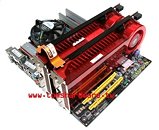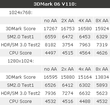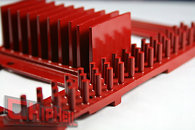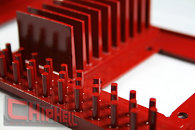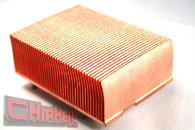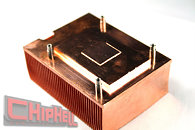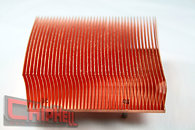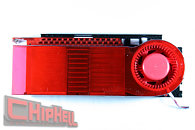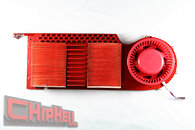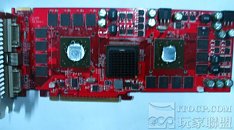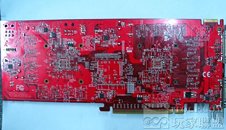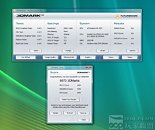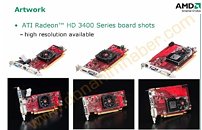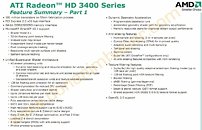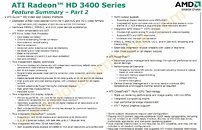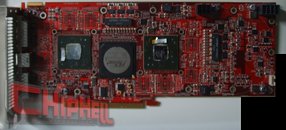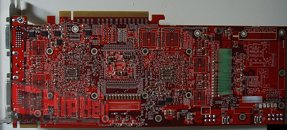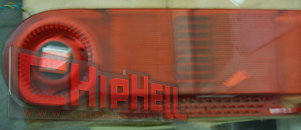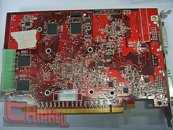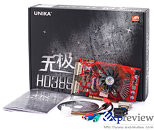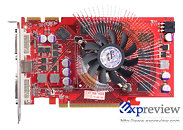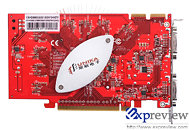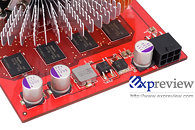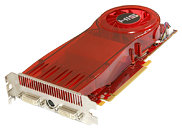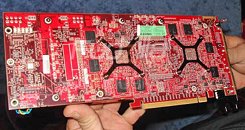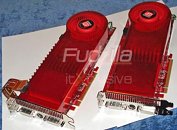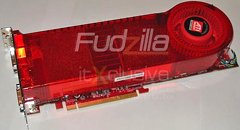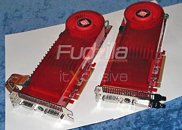After being late to market with high-performance graphics offerings for a number of times, ATI, graphics product group of Advanced Micro Devices, is reportedly considering high-end graphics solutions that utilize more than two or, perhaps, even more physical dice. The method has been successfully utilized by Intel Corp., but will it be feasible for graphics processors too? ATI Radeon HD 2900 (R600) graphics chip, which contains about 700 million of transistors had power consumption of 160W, or even more, but still did not manage to demonstrate performance on par with Nvidia GeForce 8800 GTX, a solution that also demands high amount of power and is rather expensive to manufacture. But ATI Radeon HD 3800 (RV670) graphics processing unit, which is made using 55nm process technology, has the same amount of horsepower as R600, but is cheaper to build and consumes less amount of energy. While two of such ATI RV670 chips would still consume quite a lot of power, they will be able to offer performance and features that were not available before without necessity to develop a chip that would have about 1.3 billion of transistors, the amount of elements that would require very thin process technology - so that the GPU would stay cheap enough to manufacture - and quite a lot of time to design it and verify the lack of bugs.


